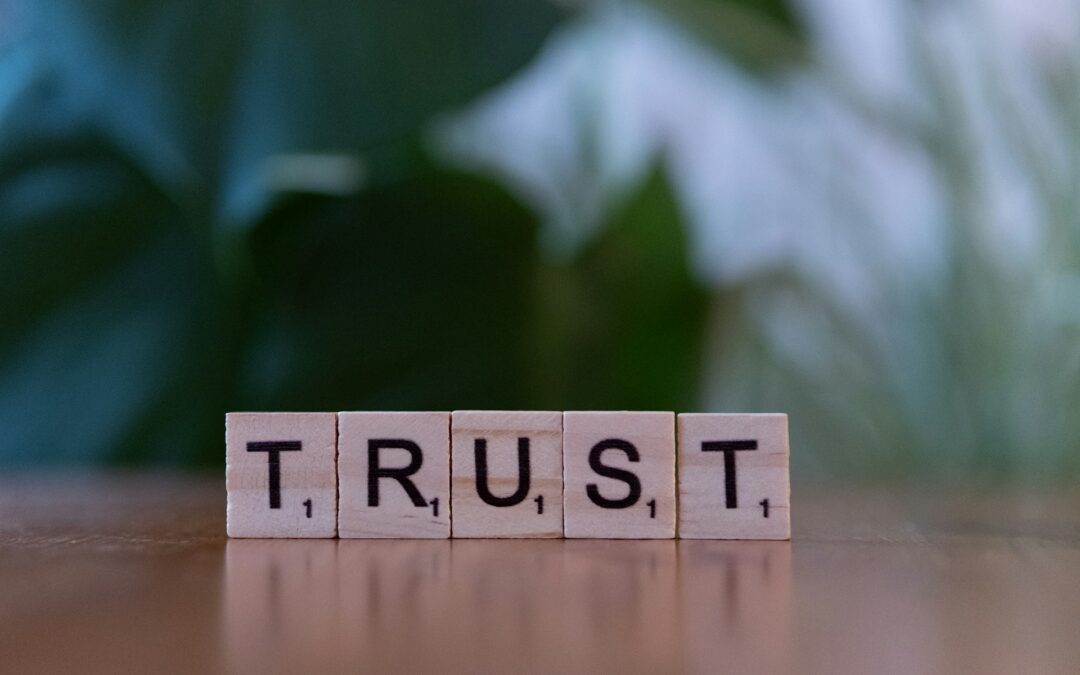Let’s face it. Those worn-out trust falls and awkward team-building lunches aren’t doing that much to build trust between team members. If anything, they often feel forced, phony, and disconnected from the real work your team is trying to do.
In today’s complex, every-changing, high-stakes environment, especially in middle-market companies where collaboration and agility matter more than ever, trust isn’t just a “nice to have.” It’s mission critical. But old-school methods don’t cut it anymore.
Let’s dig into fresh, more powerful ways to build trust that actually works.
What Is Trust, Really?
At its core, trust is relational and formed through repeated, positive interactions where you experience someone else’s competence, character, and good intent. It’s the belief that a co-worker is competent and has integrity, even if they slip up now and then. Trust is personal, and you build it person-to-person over time.
Still, when trust is missing between a couple of team members, the whole team suffers.
Without trust, communication breaks down. Collaboration stalls. People withhold ideas, avoid accountability, and start working in silos. Morale tanks. And in that environment, no team—no matter how skilled—can perform at its best.
(As a side note, trust is slightly different than psychological safety. Both are vital, but they are not the same. Psychological safety is about your relationship with the team as a whole. It’s the belief that you won’t be ridiculed or penalized by the team for taking risks or making mistakes.)
Why Traditional Trust-Building Fails
According to PwC’s 2024 Trust Survey, there is a widening trust gap at work: 86% of business executives think employee trust is high, but only 67% of employees say they highly trust their employer. This disconnect signals that something’s off with how most companies and teams approach trust.
Here’s why: Traditional trust-building tactics often backfire. Forced fun like after-hours happy hours or ropes courses might look good on paper. In reality, they can feel inauthentic, awkward, or downright alienating. If those are the only types of activities used to build trust, it isn’t going to work long-term.
Even worse, these traditional trust-building activities often ignore the deeper dynamics that build lasting trust—vulnerability, purpose, communication, and shared experience.
Let’s look at how you can use these dynamics to build trust. (For remote teams, also take look at my post on “Building a Supportive Virtual Team Culture”).
A More Powerful Path: Build Trust Through Vulnerability
Instead of gimmicks, get real about the intentional work that must be done to build trust.
Focus on creating a culture where it’s not only okay but expected to be open, honest, and human. In other words, encourage vulnerability. In fact, according to the research of Harvard professor and researcher, Amy Edmondson, teams that fostered vulnerability reported significantly higher levels of trust and collaboration.
A simple way to encourage vulnerability is to invite your team members to share their strengths & struggles, their wins & worries. This doesn’t mean turning team meetings into therapy sessions, but it does mean creating a space where people can speak truth without fear of judgment or punishment. That’s the kind of openness that builds trust fast and for the long haul.
Align Around a Shared Purpose
Another and often-overlooked trust-builders is shared purpose. When people understand how their work contributes to something bigger, and when that purpose is collectively owned, it bonds them in powerful ways.
So, clarify your team’s purpose and goals. Make sure each person knows why their work matters and how it fits into the larger picture. Celebrate wins together. Highlight how individual efforts move the whole team forward. That sense of “we’re in this together” creates a deep-rooted trust that doesn’t need icebreakers to hold it together.
Make Transparency the Norm
Trust thrives in the light, not in the dark.
That means your team must be intentional about using open communication. A study from MIT Sloan found that teams operating in high-transparency cultures reported stronger trust and higher performance. Why? Because people don’t just feel informed—they feel respected and included.
For more open communication, create feedback loops that give everyone a voice. Hold regular check-ins. Share not just outcomes, but decisions-in-progress. Use collaborative tools, like Slack, Trello, or Microsoft Teams to keep people informed and engaged.
Trust Doesn’t Just Happen. You Build It … Every Day.
As you can see, building trust isn’t a one-and-done event. It’s a continual practice. A mindset. There are ways of working together that strengthen trust with every honest conversation, every shared challenge, every small act of integrity and care.
That’s the unconventional part. It’s not about flashy retreats or clever games. It’s about being consistent, authentic, and intentional.
So, if your team is struggling to trust each other, don’t double down on forced fun. Double down on what matters:
- Shared goals
- Transparent communication
- Vulnerability
- Daily acts of respect and accountability
Want to Strengthen Trust on Your Team?
Let’s talk.
I help leaders build high-performing teams grounded in trust, connection, and shared purpose. If your team’s trust is shaky.. . . . Or if you want to make it your team’s superpower, schedule a free strategy session with me.
Or head over to firebrandconsultingllc.com to learn more about how I help teams like yours become unstoppable.
Until next time—keep leading with clarity, courage, and curiosity.
© 2025 Firebrand Consulting LLC

